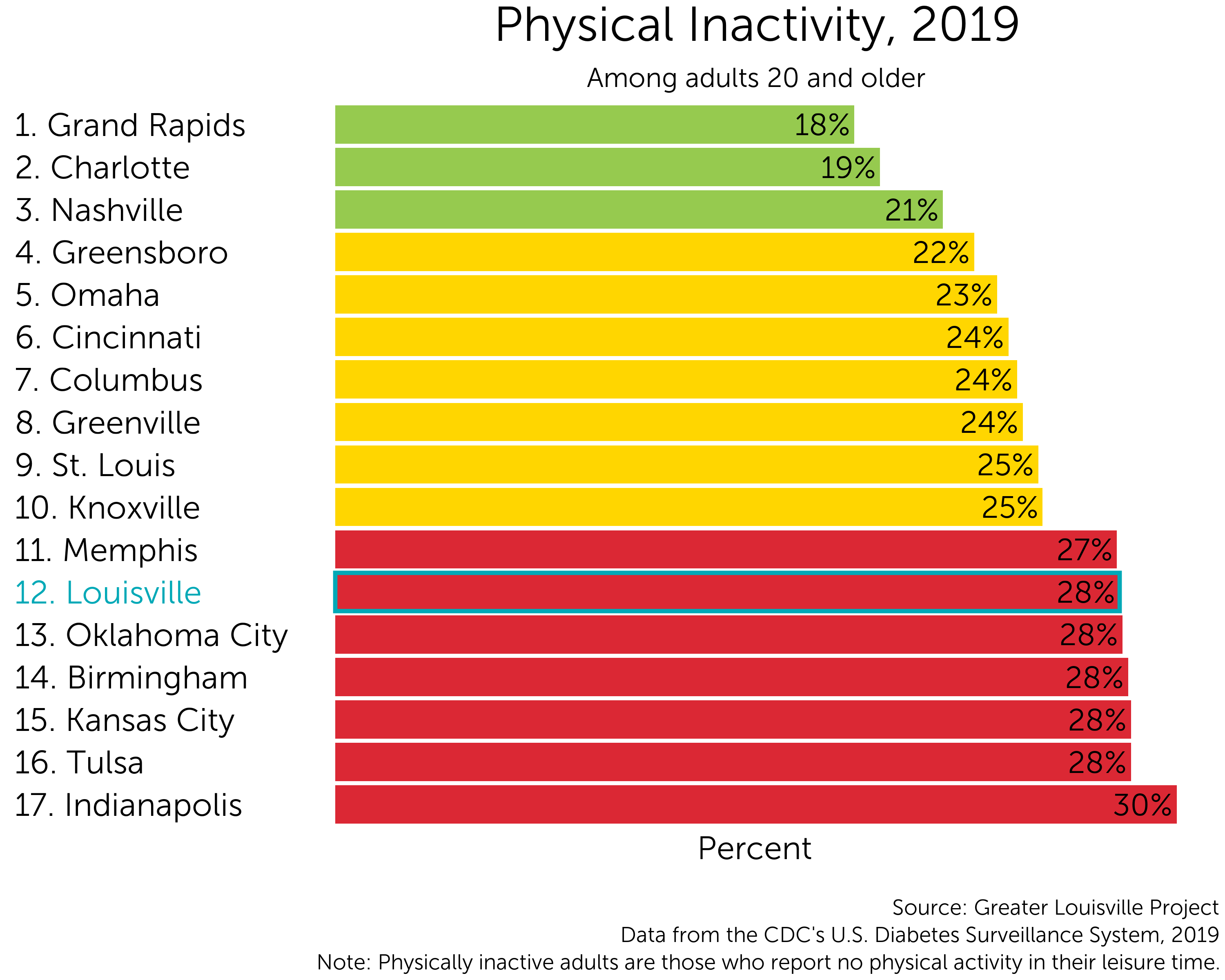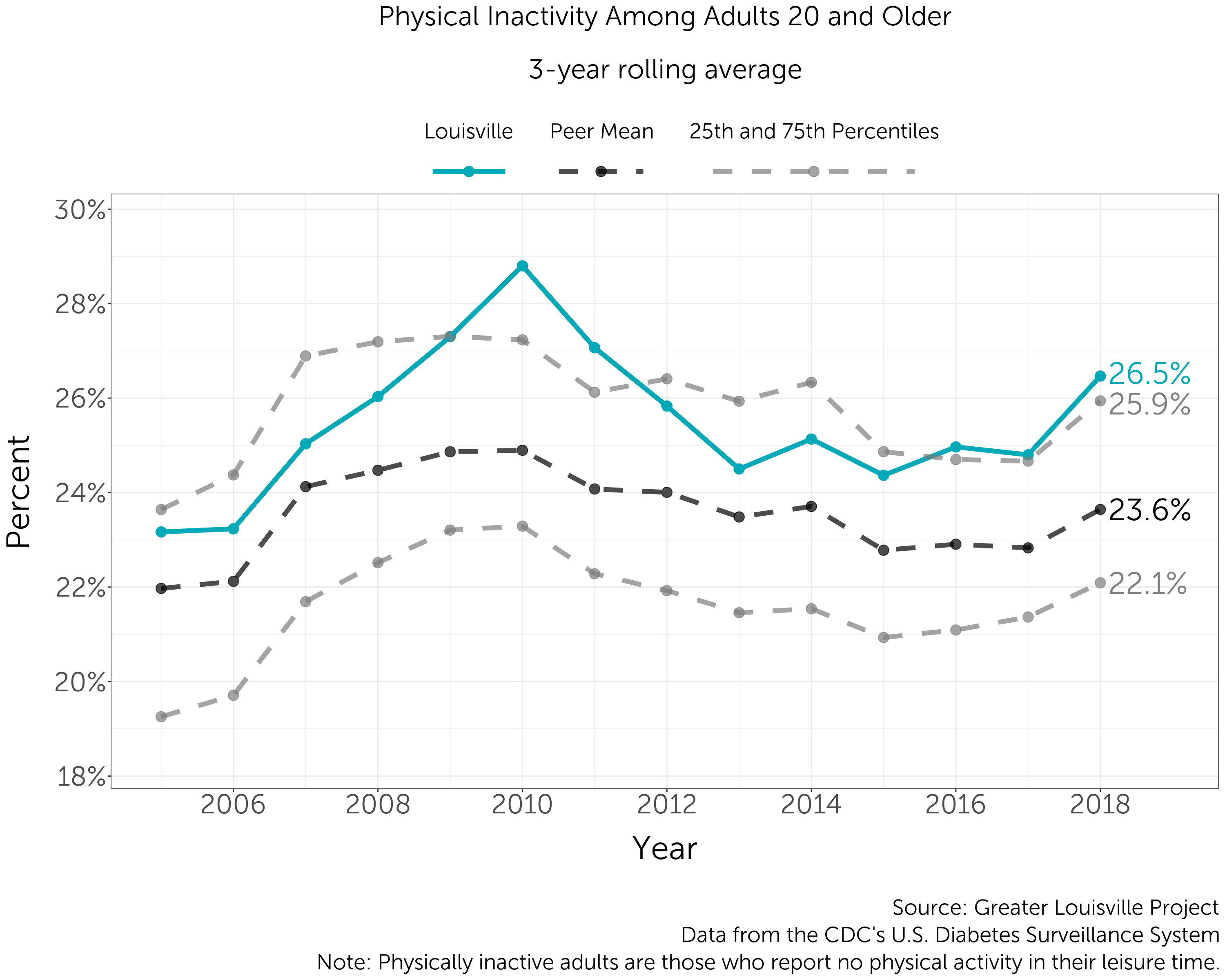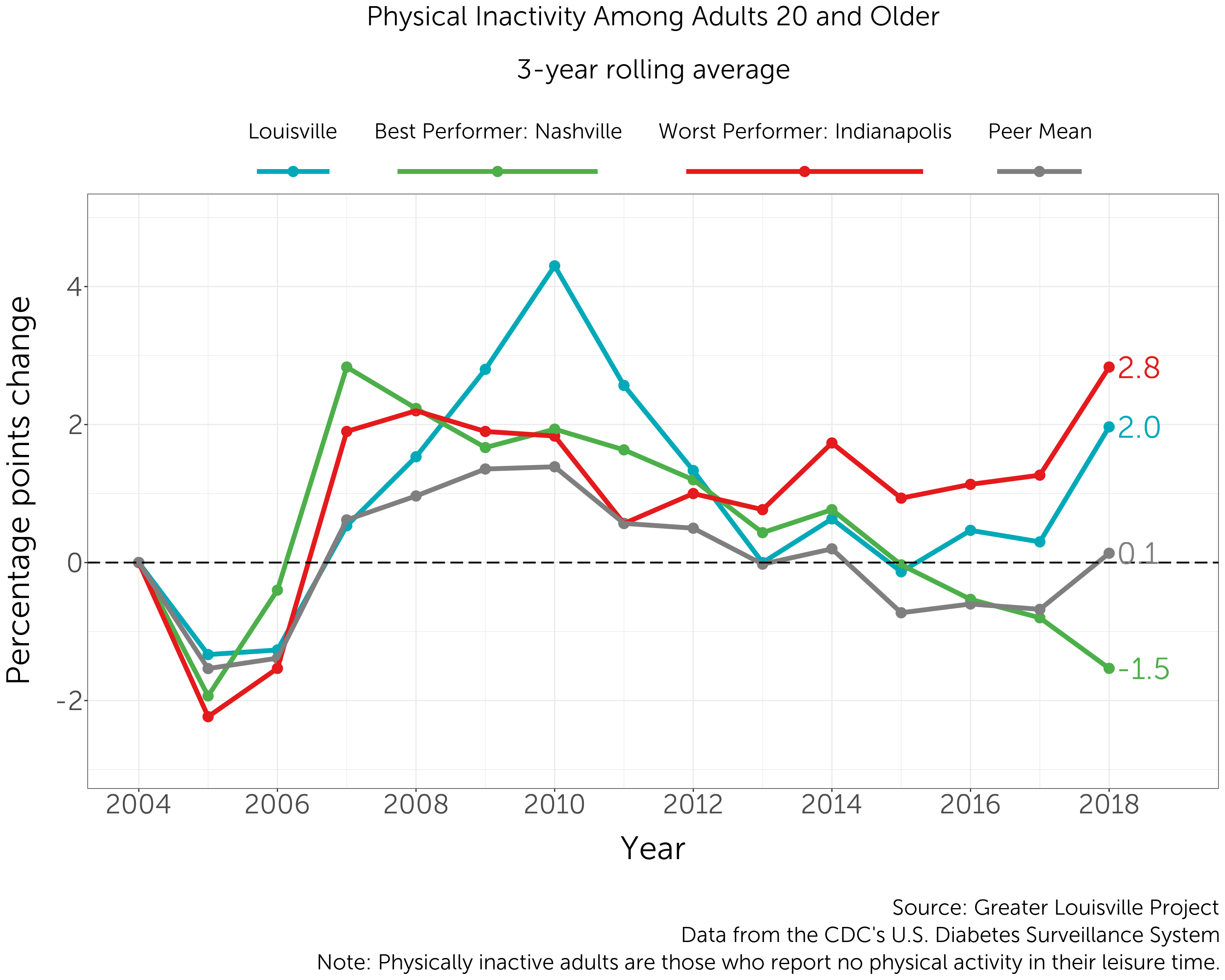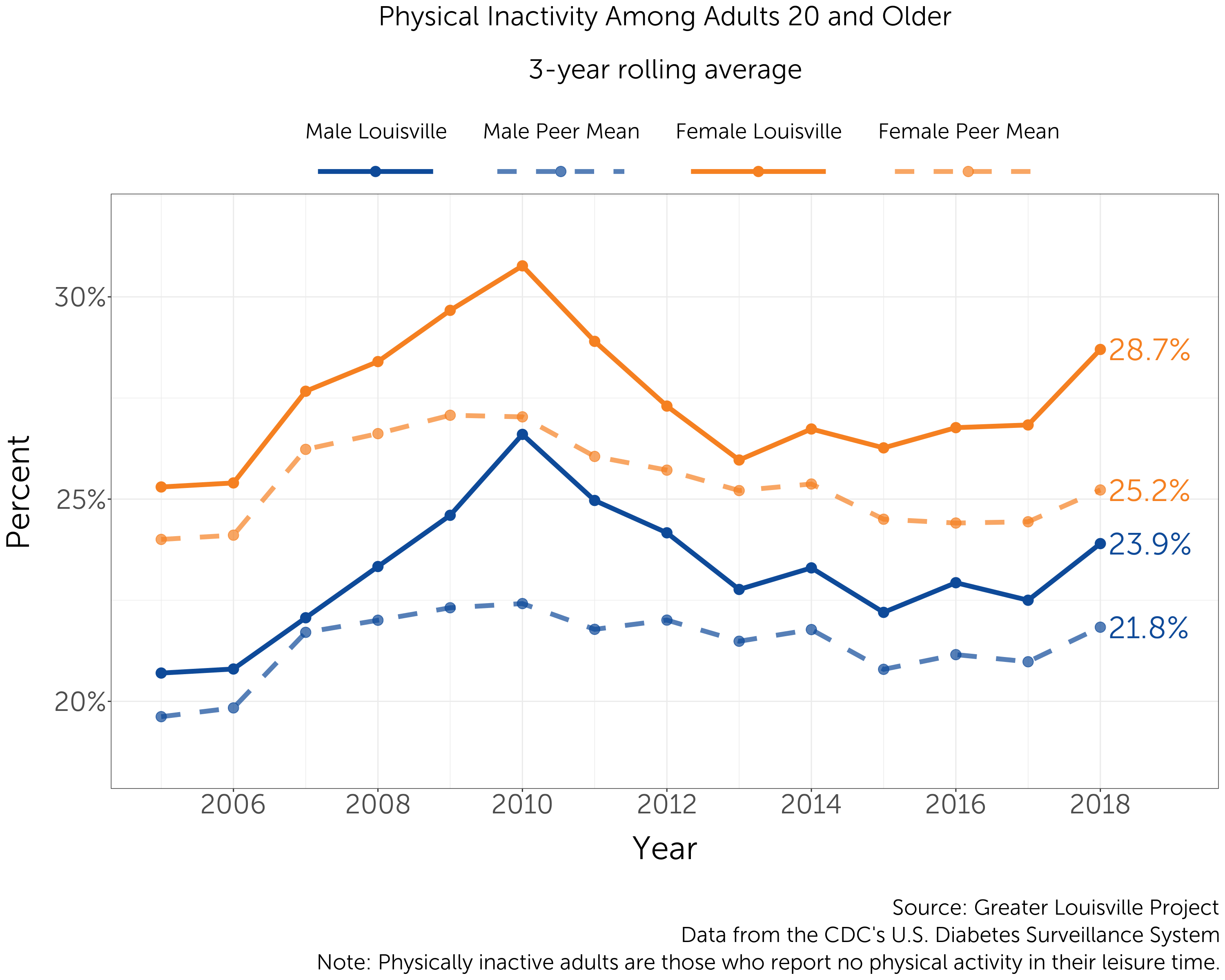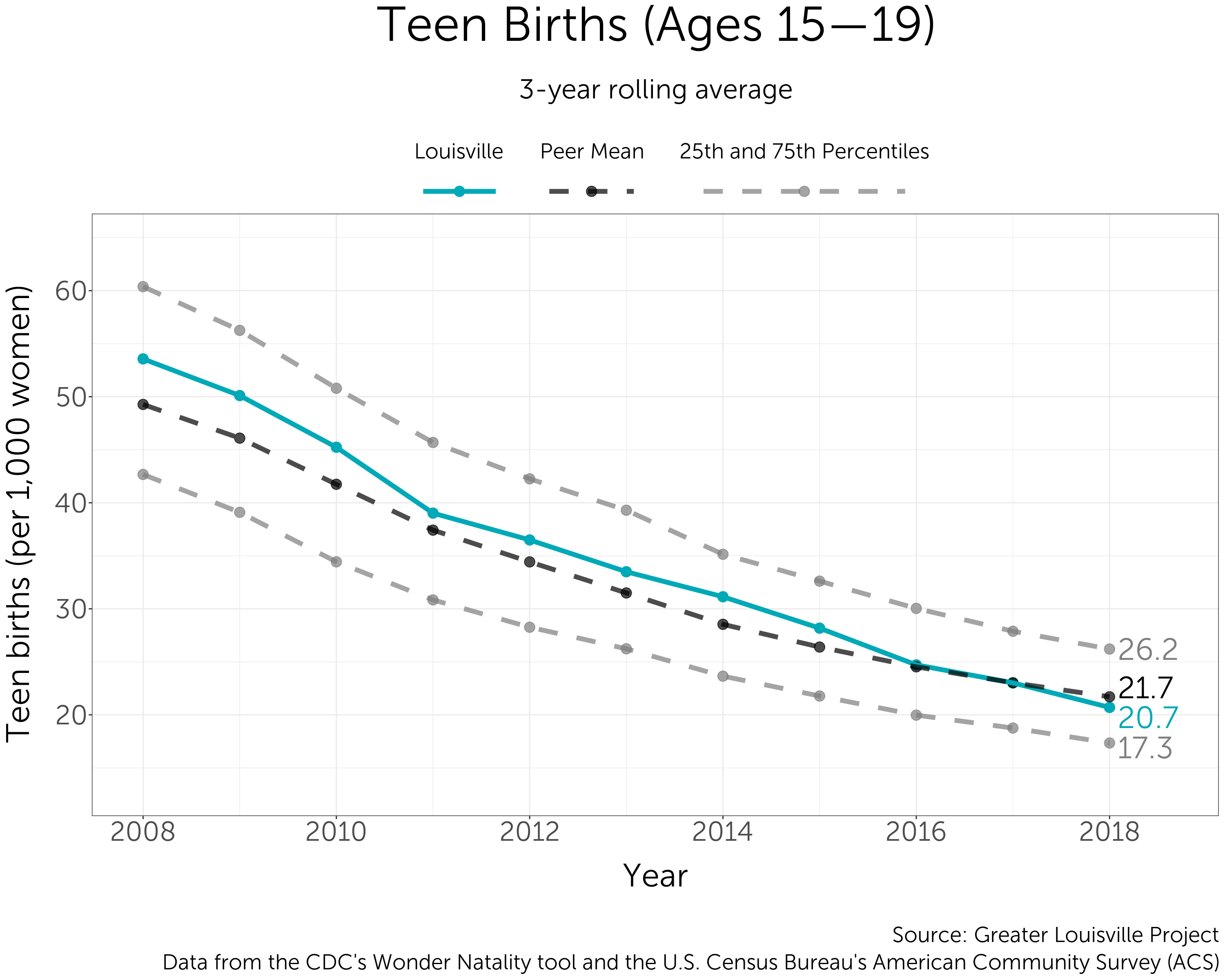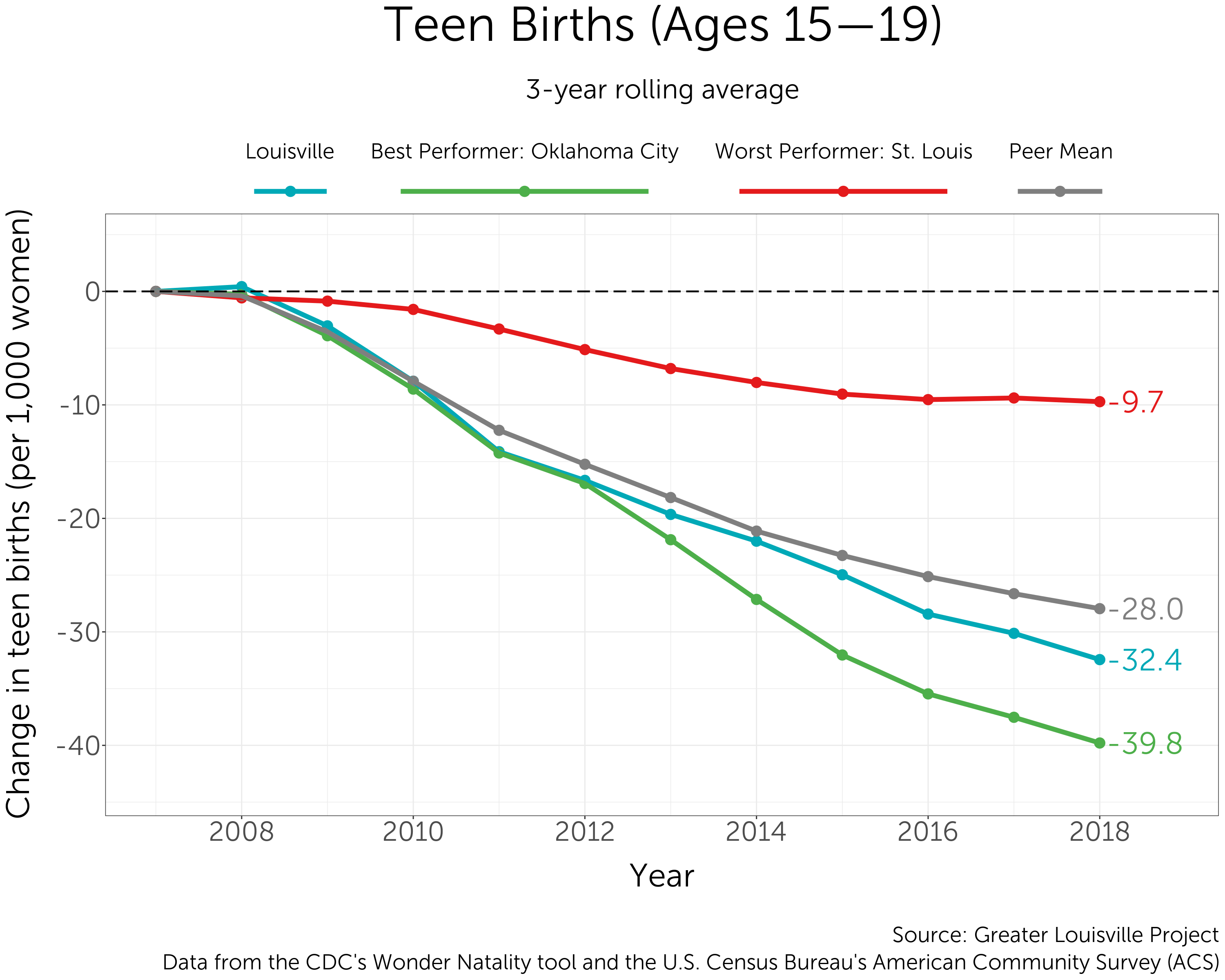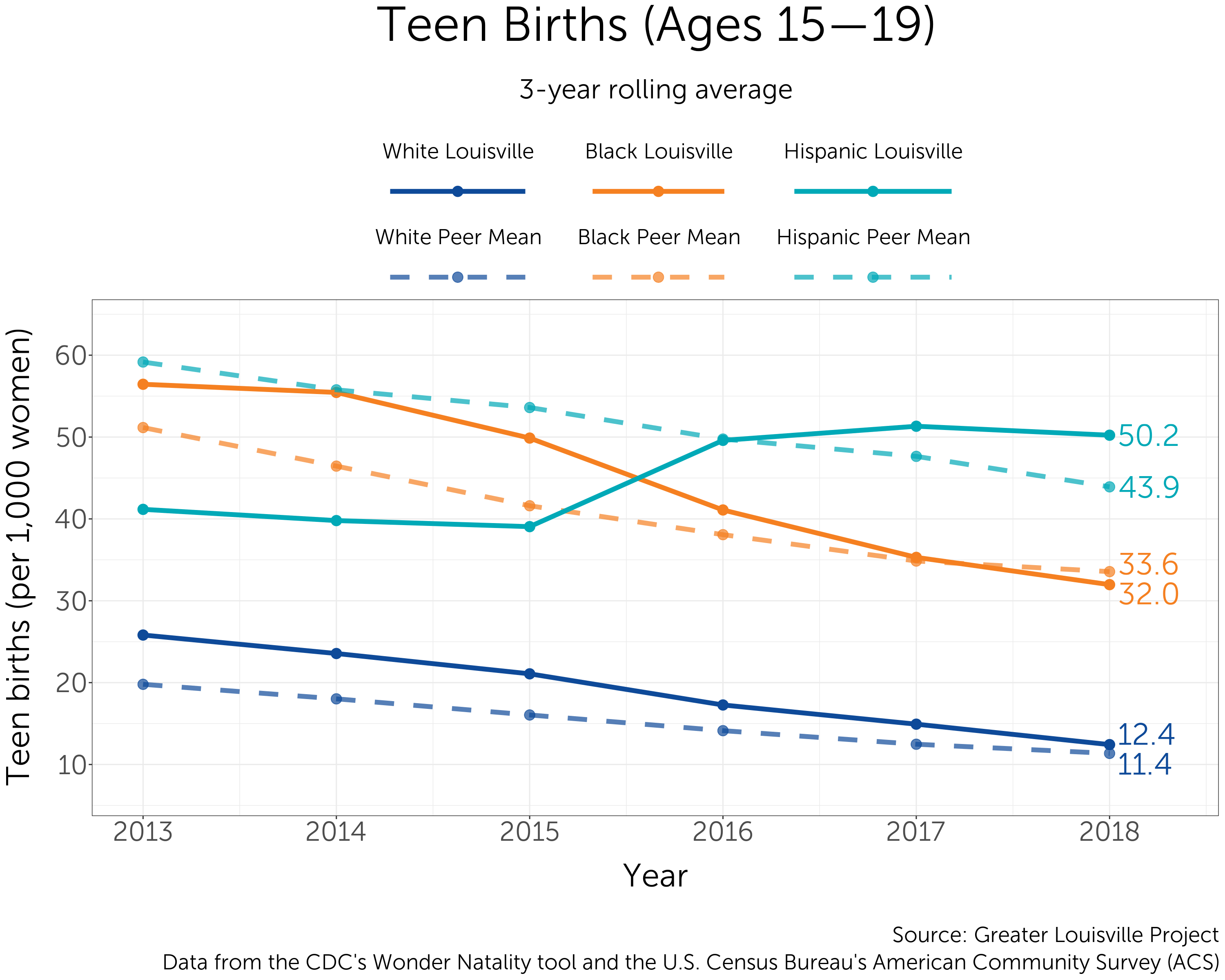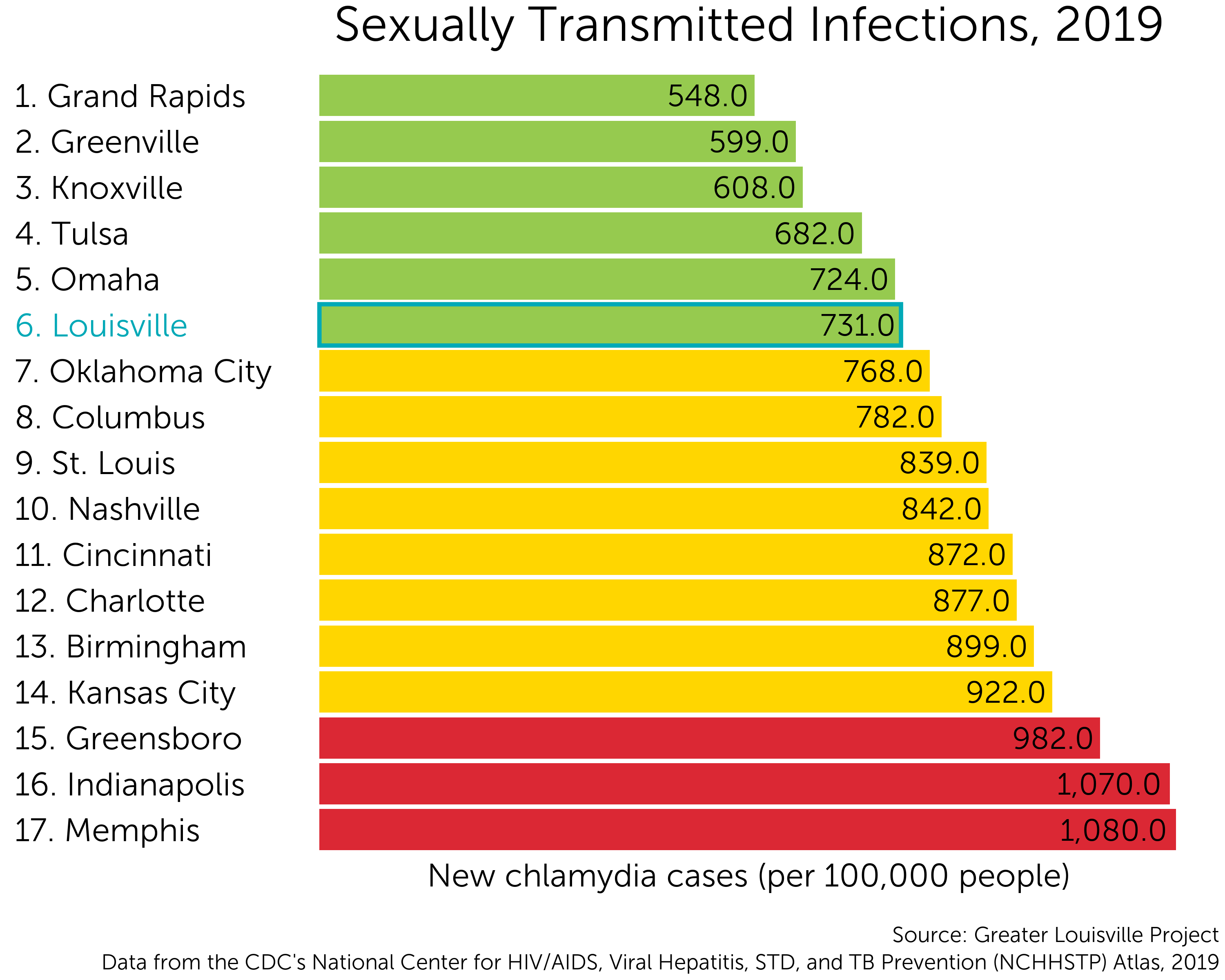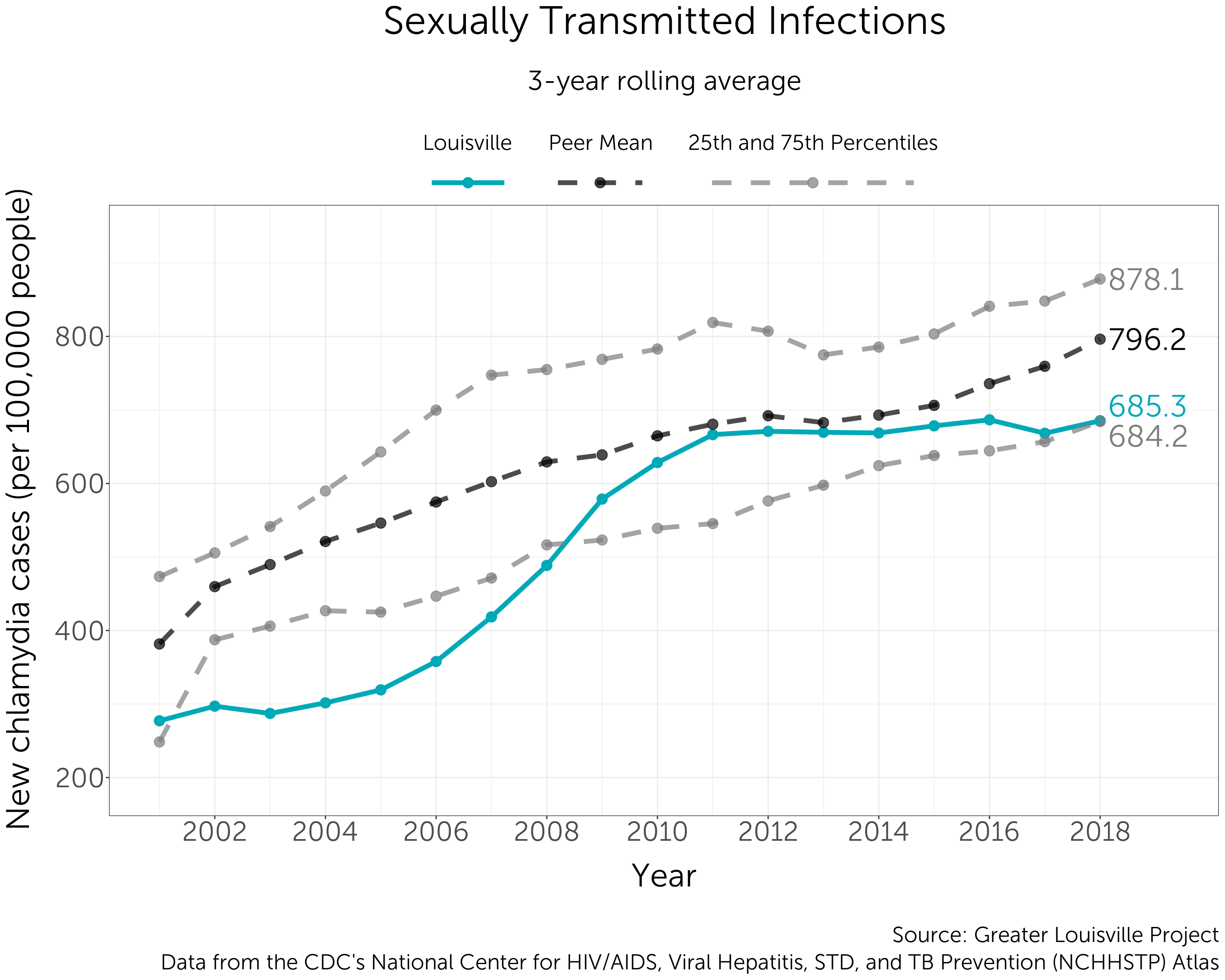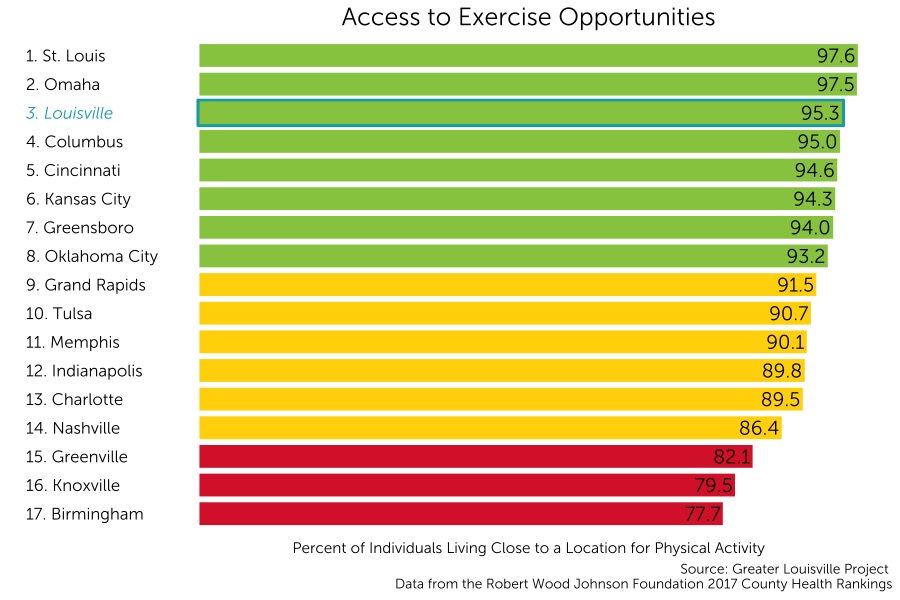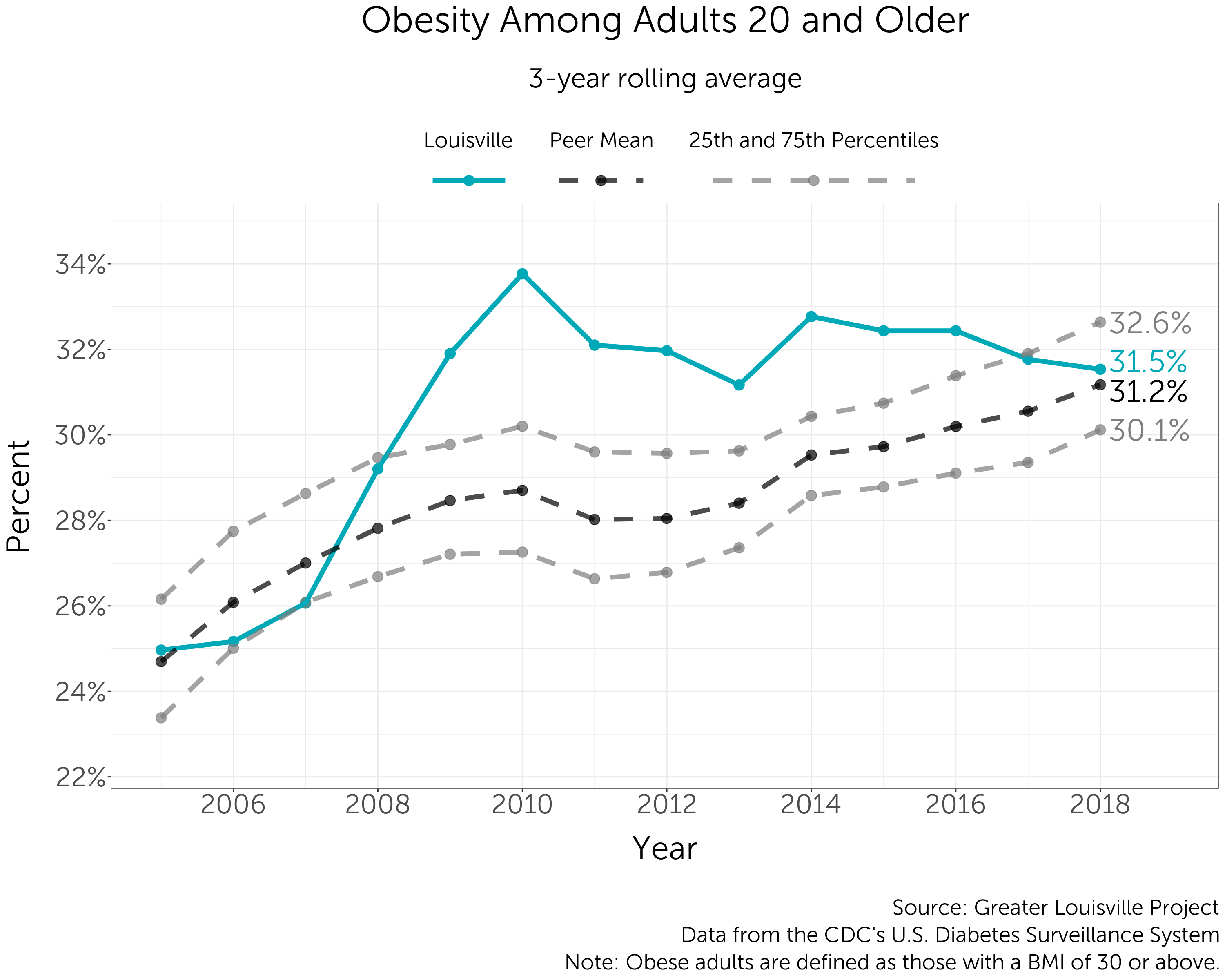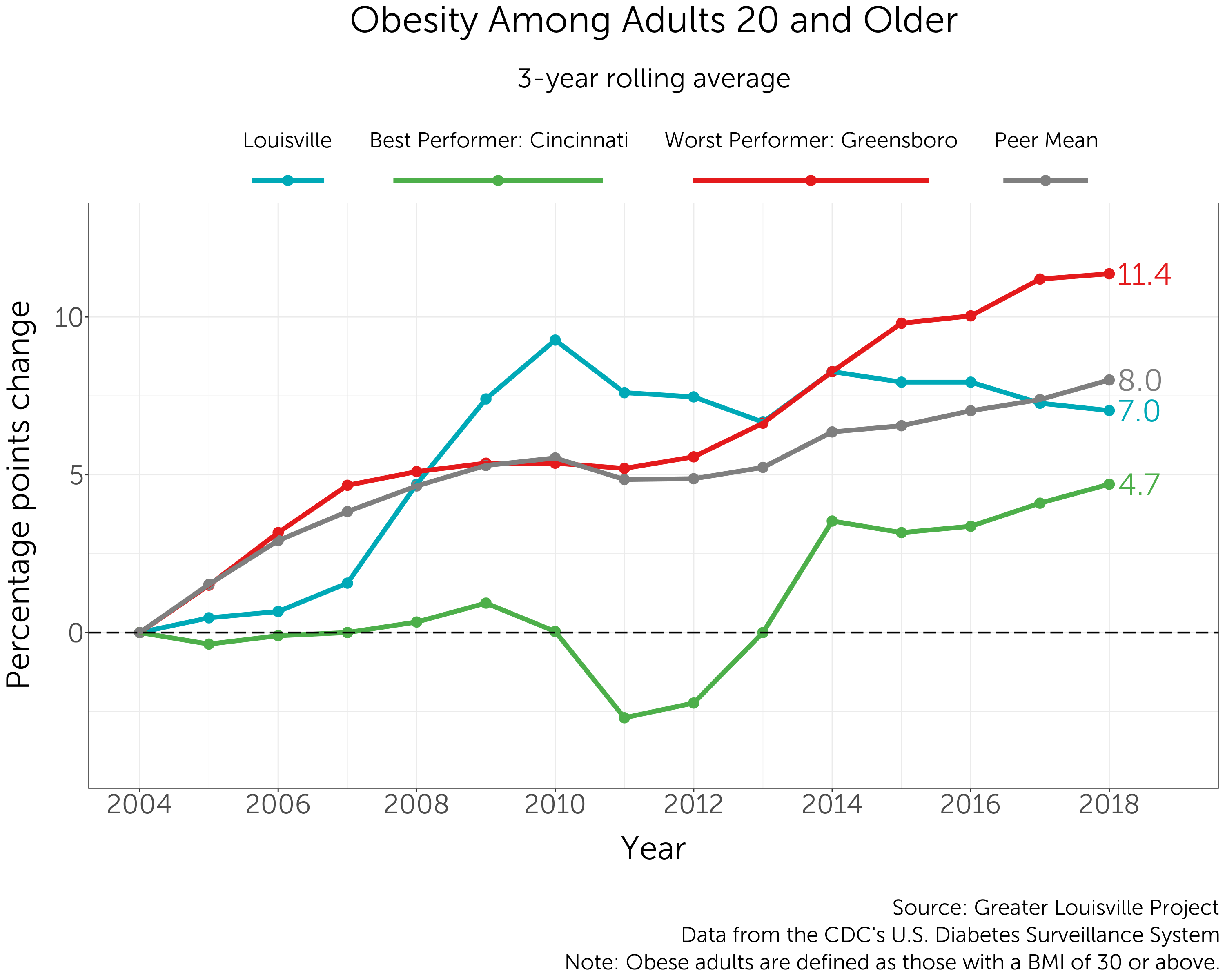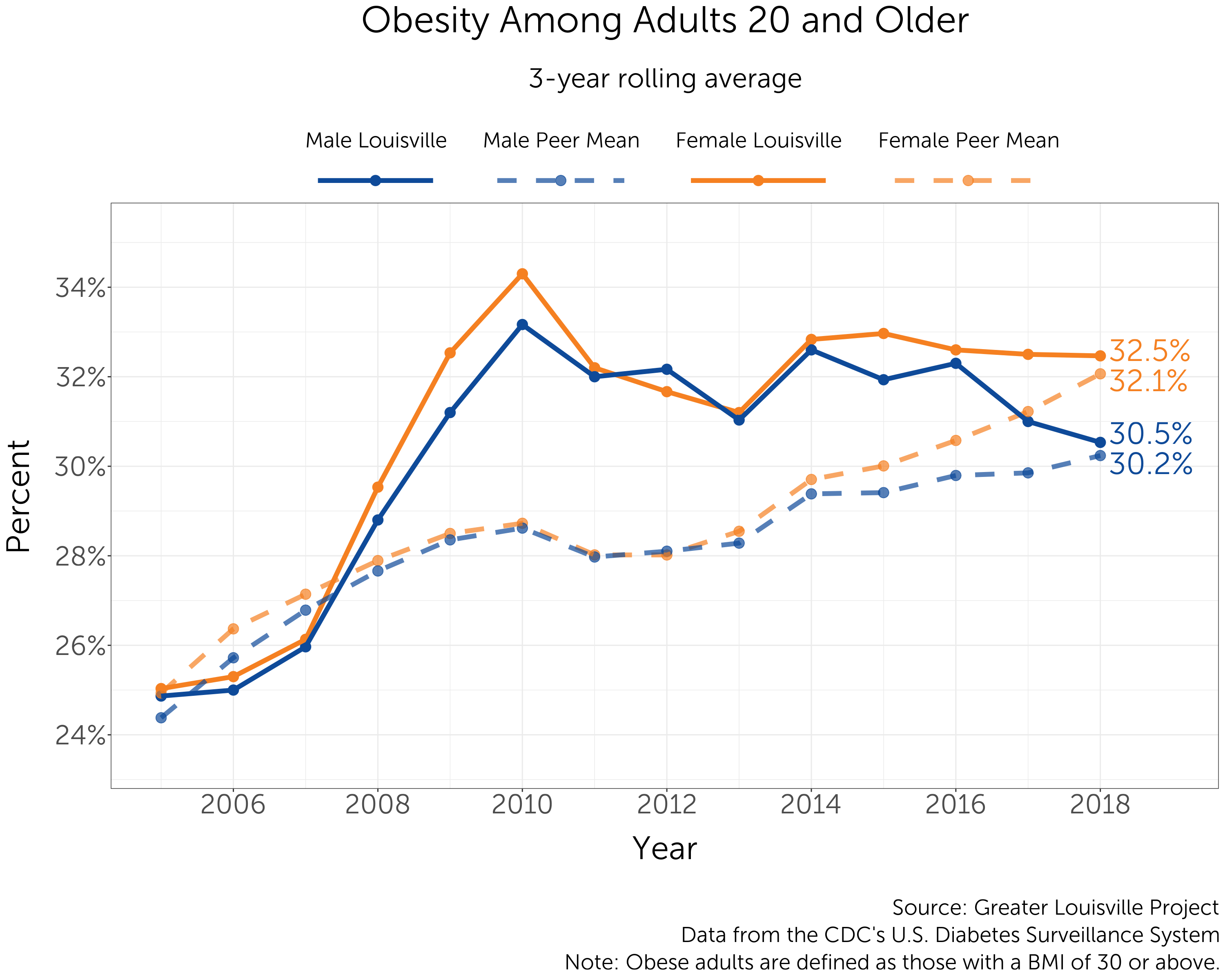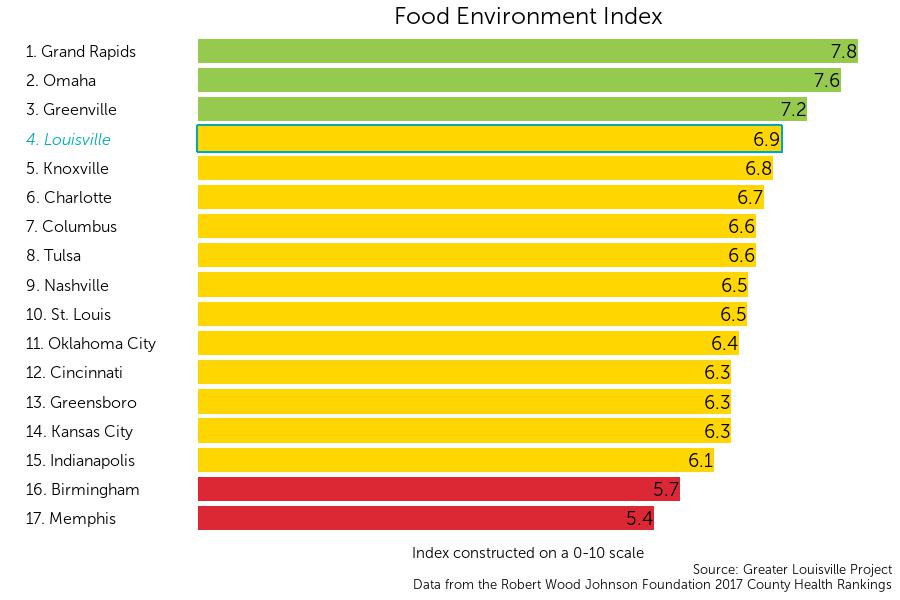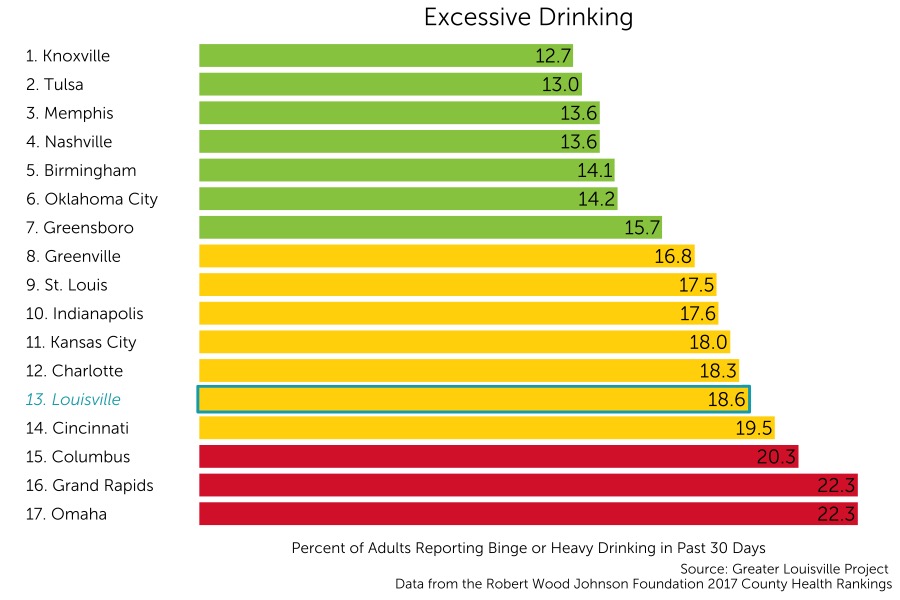Health Behavior Factors
A healthy community is one where residents take advantage of opportunities to make healthy lifestyle choices. The health behaviors measure evaluates the health impacts of residents’ diet, exercise, alcohol consumption, and more. It is also comprised of the infrastructure like grocery stores and exercise opportunities which promote and enable a healthy lifestyle. The health behavior factors measure is created by standardizing several components and then weighting them based on their importance.


